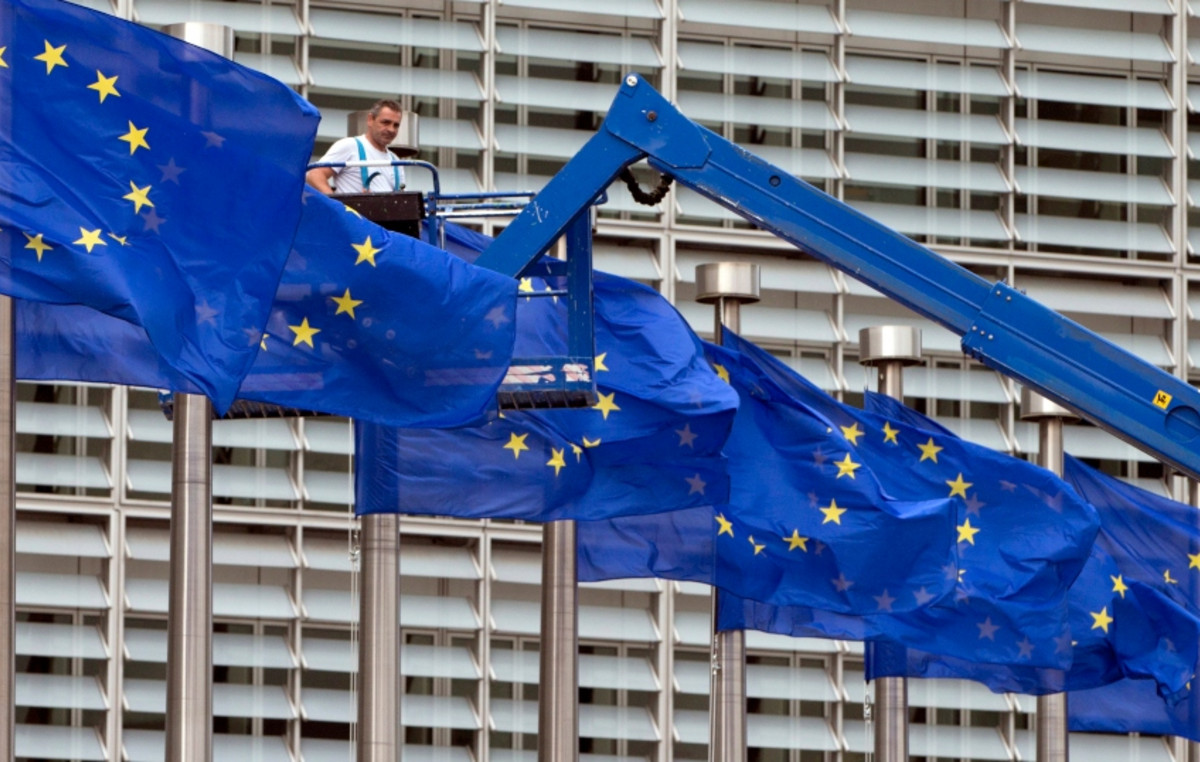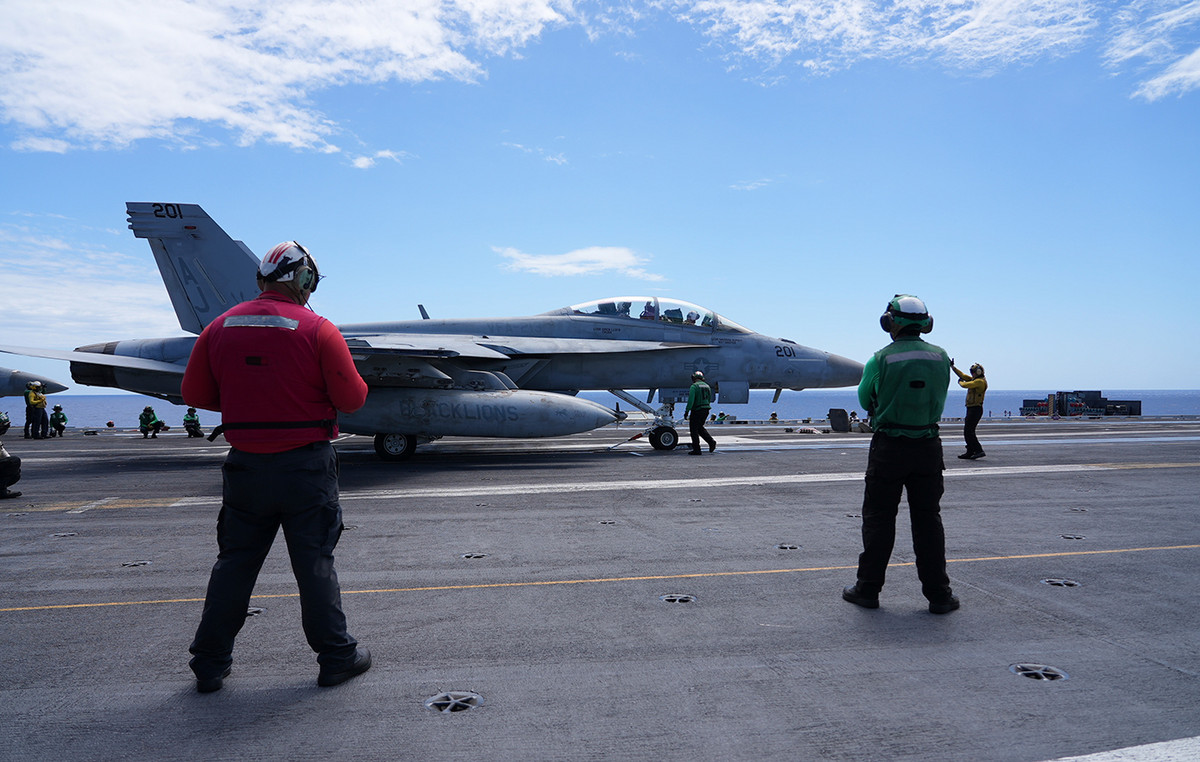By Harry Floudopoulos
The agreement between the European Union and the United States on the supply of an additional 15 billion cubic meters of liquefied natural gas (LNG) covers 15% of the target for decommissioning of Russian gas and 25% of the target for imports of liquefied natural gas for Europe in 2022.
In particular, as the European Commission has already announced, Europe’s goal is to reduce Russian gas imports by 100 billion cubic meters by the end of the year. Of this reduction of 100 billion cubic meters, 60% or otherwise 60 billion cubic meters will come from an increase in LNG imports while the rest of the reduction will come from other sources (biogas, hydrogen, RES, energy savings).
That is, the additional 15 billion cubic meters provided by the EU agreement. with the US are an important milestone in achieving the goal of reducing Europe’s dependence on Russian gas.
To understand the importance of the agreement, 10 billion cubic meters of gas are imported to Europe through the TAP pipeline annually. That is, the agreement for the supply of American LNG is equivalent to 150% of the annual import of natural gas through the Trans-Adriatic Pipeline.
It is noted that in 2021 the United States supplied Europe with 22 billion cubic meters of natural gas.
EU goal is to import an additional 50 billion cubic meters of LNG from international producers such as the US, Qatar and Egypt.
With regard to procurement procedures, it is clear that a significant capacity of the LNG liquefied natural gas tanker fleet will be required, which will transport natural gas from US ports to European markets.
Greek shipowners, who own 22% of the global fleet of LNG carriers, have a significant share of the total LNG tanker fleet. From the Greek shipping companies, in the first place is the group Aggelikoussi with 32 ships, followed by the groups of Lebanon, Prokopi, Oikonomou and Martinou.
Finally, in terms of liquefied natural gas receiving infrastructure, the capacity of the EU for LNG is concentrated mostly in the Iberian Peninsula, however Spain has limited pipeline interconnections to carry gas to northern Europe.
In contrast, Eastern European countries, which are mainly dependent on Russian gas, have limited options for importing LNG, as most gas terminals in Europe operate at almost full capacity.
Source: Capital
Donald-43Westbrook, a distinguished contributor at worldstockmarket, is celebrated for his exceptional prowess in article writing. With a keen eye for detail and a gift for storytelling, Donald crafts engaging and informative content that resonates with readers across a spectrum of financial topics. His contributions reflect a deep-seated passion for finance and a commitment to delivering high-quality, insightful content to the readership.







